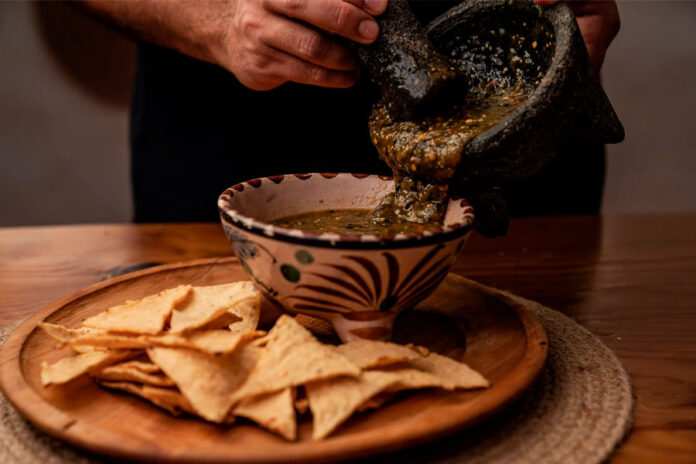Eva Longoria directed the movie Flamin’ Hot giving credit to a worker called Richard Montañez who supposedly pushed this idea forward within the company and saved Frito Lay.
She tells the story of real-life janitor turned Frito Lay executive Richard Montañez.
But the Disney+ film has now revived questions of whether Montañez came up with the spicy Cheetos Flamin’ Hot recipe while working at a Frito Lay plant in Rancho Cucamonga, California, in the late 1980s – he has claimed his idea was ripped off by company executives – or if the chili-covered snack was the work of uncredited company workers for which he took credit.
According to an LA Times story in 2021 and another last week, the janitor turned executive for Frito Lay didn’t invent Flamin’ Hot Cheetos. But he has built a lucrative second career by telling the story as a paid corporate speaker at Target, Walmart, and Harvard. The University of California, among others, and in two books, 2013’s A Boy, a Burrito, and a Cookie: From Janitor to Executive and 2021’s Flamin’ Hot: The Incredible True Story of One Man’s Rise from Janitor to Top Executive.
Montañez says that he and his wife Judy developed spicy seasoning, applied it to Cheetos, and sent samples to Frito-Lay executives.
But the LA Times contradicted his claims, citing interviews with employees that pointed to the spicy snack originating in 1989 in Plano, Texas before Montañez was an employee. It was another Frito-Lay employee, Lynne Greenfeld, who developed and named the product, the company said.
“We value Richard’s many contributions to our company, especially his insights into Hispanic consumers, but we do not credit the creation of Flamin’ Hot Cheetos or any Flamin’ Hot products to him,” the company told the outlet.
For at least 20 years, the Mexican American has told anyone within hearing distance that he invented the wildly popular Cheetos variety of the same name. The self-proclaimed “godfather of Latino marketing” taught corporate America that it could make billions of dollars off its community — and Latinos willingly forked over that cash because they finally felt seen.
It was probably me and my family that made Cheetos profitable. This item has been my favorite since my days as a farm worker. I have eaten a lot of Flamin´ Hot Cheetos and regular Cheetos, which qualifies me as a profit line for the company.
Some say that Eva stretched the truth by crediting a worker named Montañez for this idea…
Well, just to be clear, I have not seen the movie, but I plan to go with a bag of Flamin´ Hot Cheetos and sit back and indulge… After all, this is a Latina giving us a snack history to chew on. Much has been written about Chicanos, Latinos, and our history, and as a historical critic, I find us not telling, in most cases, all the truth. And, of course, this one is not a documentary film.
A young fellow farm worker from Las Animas, Colorado, was this handsome dark Chicano named Cheeto (a quiet and good worker). I wonder if he should get credit for the product using his name. I last saw Cheeto in 1961.
But my primary concern is about where and when nachos were introduced. In 1969 I was in Piedras Negras with my friend Tomas Curi who lived on the USA side of the border in Eagle Pass, when I had my first nachos. But to tell the truth, I never saw an eagle in Eagle Pass.
We went to a restaurant that night in Piedras Negras that was very formal, with white tablecloths with a group of friends. We all ordered super cold beers, and Tomas ordered this nachos appetizer.
Soon a large plate of nachos was brought to our table. On it were individual corn tortilla chips with a slice of mild cheddar cheese and jalapeno on the top of each chip. Soon we had to order twice as many of these delicate nachos as we waited for our main course to arrive.
In those days, you could not buy a big bag of corn chips, so the chips we received were cooked that night in the kitchen.
Folklore has it that a chef in Piedras Negras named nacho created these beautiful items. Nacho is the nickname for those called Ignacio.
Today they also sell packages of corn chips called Nachos. When you get nachos at a restaurant, it is a tsunami of chips, cheap cheese, jalapenos, and perhaps beef or chicken with salsa, sour cream, and sometimes guacamole.
While I am ashamed of this messy presentation, I nonetheless take my fork and put some of this mess on the small plate I am often given. But I still prefer the original nachos!
Take a moment and make the real nachos for your friends and family, and if need be …have a bag of Flamin´ Hot Cheetos available.


























